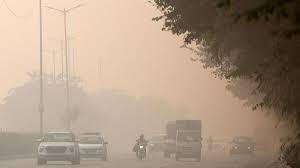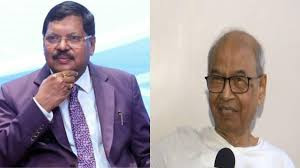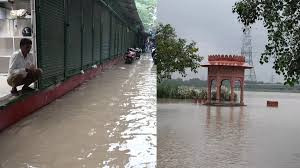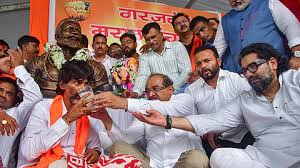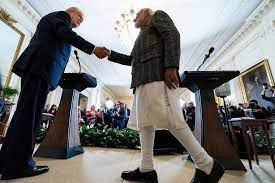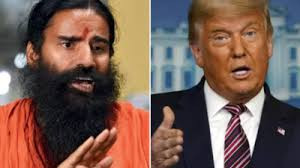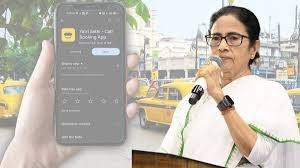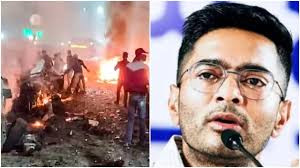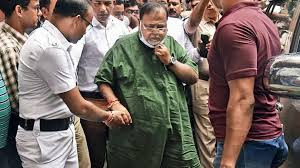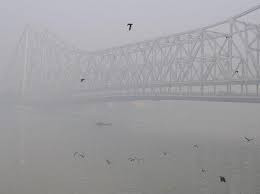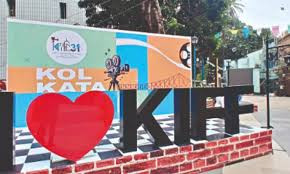Bharat Bandh on July 9, 2025 Halts Services as 25 Crore Workers Strike Nationwide
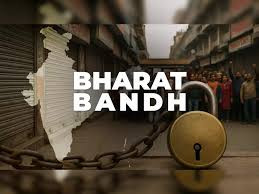
IIE DIGITAL DESK : India is witnessing one of its largest general strikes as 10 major central trade unions, along with farmers' organizations and informal workers, have mobilized over 25 crore (250 million) participants in the one-day Bharat Bandh on July 9, 2025, to protest the central government’s labour and economic policies .
Labour unions describe these reforms—including the four newly implemented labour codes, rollout of contractorization, and privatization of public sector entities—as “anti-worker, anti-farmer and pro-corporate.” Union leaders point out that their 17-point charter, submitted a year ago to the Labour Minister, has largely been ignored .
Employees from public and cooperative banks, along with insurance staff, have joined the protest, resulting in serious disruption of cheque clearances, cash services, and branch operations. In Gujarat, around 20,000 bank workers across nearly 3,700 branches are off-duty, potentially freezing ₹15,000 crore worth of daily transactions .
Postal services, coal mining, power generation units (involving some 27 lakh workers), and other PSUs such as NMDC and steel plants are affected by the shutdown .
While railway employees aren’t officially on strike, protests and local blockades—especially on highways in Odisha and near Jadavpur in West Bengal—have sparked delays and disruptions. Several cities are witnessing blocked roads and halted buses, though some metro systems and private transport continue to operate with limited manpower .
There has been no government notification declaring a holiday for schools, colleges, government offices, or financial markets, so they remain officially open. Nonetheless, many institutions are facing irregular attendance and reduced transport support, prompting calls for parents and employees to plan accordingly . Financial markets, including the NSE and BSE, are trading normally despite the strike .
Critical services such as hospitals, emergency medical aid, telecom networks, metro systems, and air travel continue functioning, backed by government directives and additional security deployments . Law enforcement agencies have been deployed at key transport infrastructure, including 5,000 police personnel in Kolkata, to maintain law and order .
In Bihar, the Bharat Bandh merges with a voter-roll protest by the INDIA bloc and regional parties, sparking joint demonstrations and railway disruptions. National political figures such as Rahul Gandhi and opposition alliance members are participating in Patna rallies, adding a political intensity to the labour-led movement.
Meanwhile, BJP voices argue that markets and private ventures are unaffected and characterize the strike as a politically motivated exercise.
With banking services disrupted and public transport unreliable, citizens are urged to avoid non-essential travel, especially in affected zones. Those requiring banking transactions should rely on ATMs or pre-plan cash needs. Students and parents are encouraged to remain alert to local transport updates, as access to campuses may be hampered. Travellers are advised to check for delays in trains and buses, and financial traders are conducting business as usual.
This Bharat Bandh marks the 22nd nationwide strike since India began economic liberalisation in 1991.Union leaders warn further actions—including potential escalation—if their 17-point demands aren’t addressed. As the day progresses under tight security, all eyes are on government responses and the possibility of negotiations in the coming days.
The July 9 Bharat Bandh highlights deep-rooted unrest among millions of workers and farmers over labour and economic reforms. Its immediate effects on banking, transport, and public services are evident—and the political, social, and economic reverberations may endure well past the 24‑hour strike.
You might also like!


